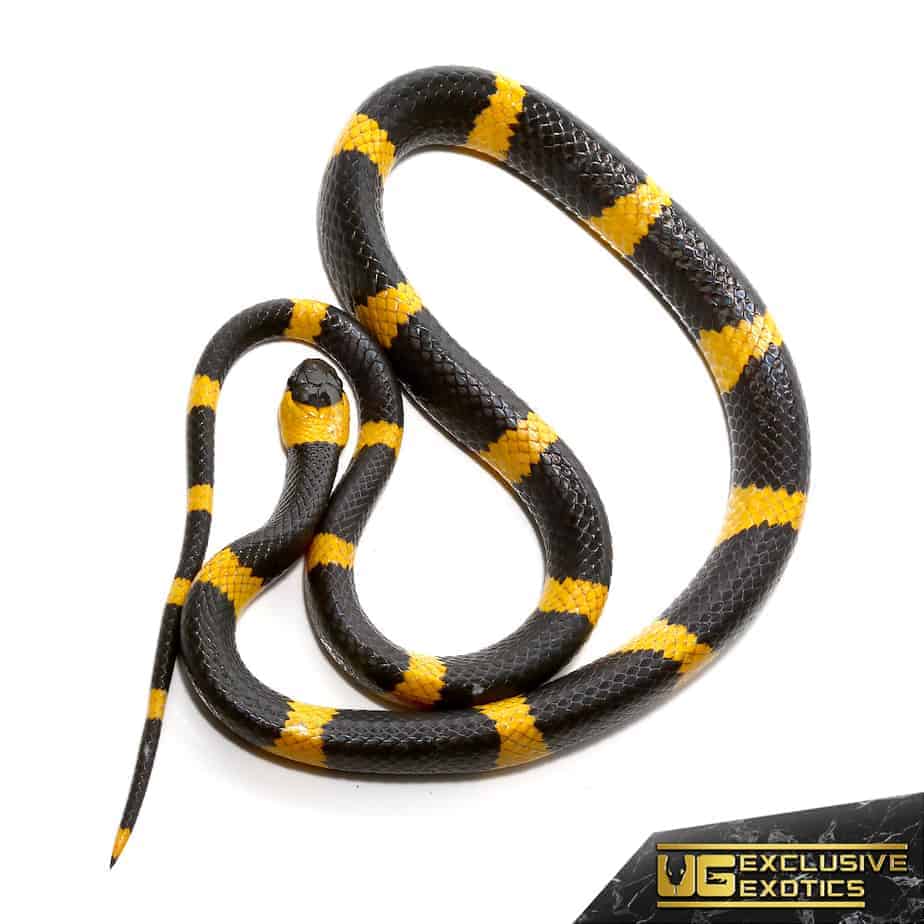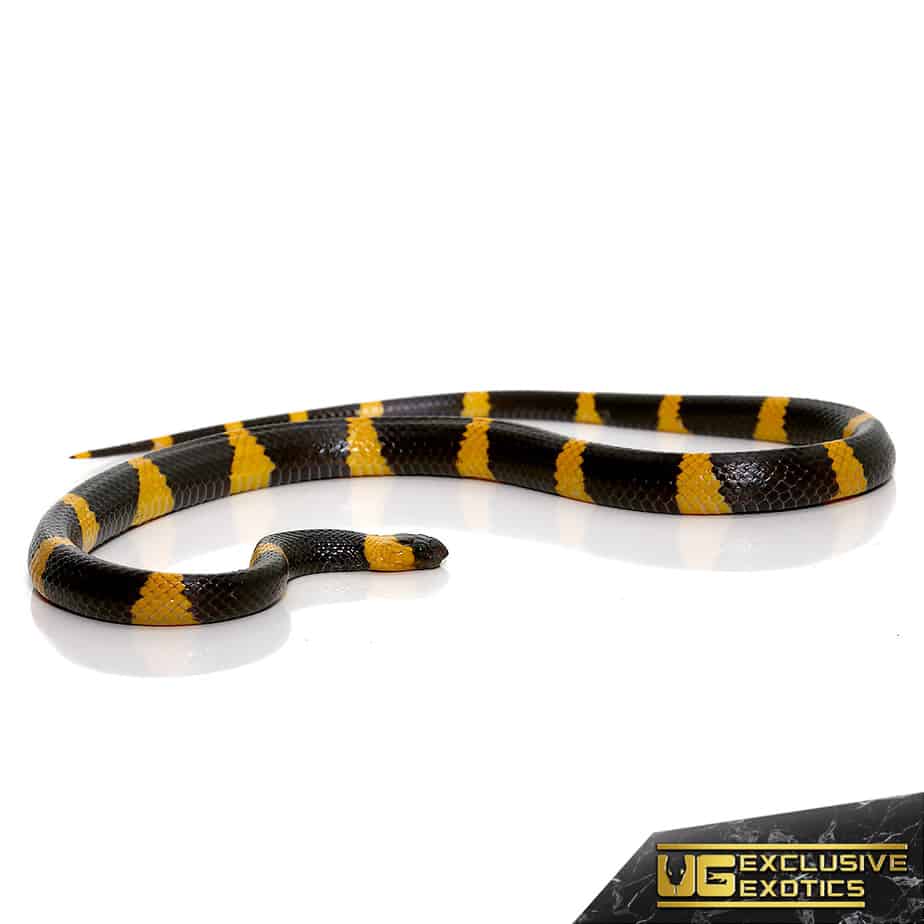Snail Sucker
If you're someone who loves exotic creatures, you might have heard of the snail sucker. This unique creature has been catching attention for its fascinating way of hunting and its unusual appearance. But do you know what it really is, and how it works? Let's dive into the world of the snail sucker and find out more.
The pain points related to snail sucker
Snail sucker, while fascinating, can also be a tricky creature to care for. Some people might find it difficult to understand how to take care of them properly, which can lead to health problems for the snail sucker. Additionally, snail suckers require a specific environment to thrive, which can be challenging to set up and maintain.
The target of snail sucker
The snail sucker mainly feeds on slugs and snails in the wild, making it a natural pest control agent in agricultural areas. Some people also keep snail suckers as pets, although it requires a lot of attention and care.
Summary of the main points related to snail sucker
Snail sucker is a unique creature that has been catching attention for its fascinating way of hunting and unusual appearance. However, caring for snail suckers can be a challenge due to their specific requirements.
The target of snail sucker and personal experience
Snail suckers are fascinating creatures, and I've always been drawn to their unique way of hunting. I remember the first time I saw a snail sucker in the wild – it was incredible to watch it capturing a snail with its quick movements and slender body. As I learned more about snail suckers, I realized just how much of a role they play in maintaining the balance of ecosystems.
Snail suckers are native to Central and South America and can be challenging to care for in captivity. They require a specific environment with high humidity and a temperature range between 75-85 degrees Fahrenheit. It's crucial to maintain these conditions carefully, or the snail sucker can become stressed and develop health issues.
The importance of snail sucker as pest control agents
Snail suckers play a critical role in maintaining ecological balance, especially in agricultural areas. They mainly feed on snails and slugs, which are common pests in gardens and farms. By using snail suckers as natural pest control agents, farmers and gardeners can reduce their reliance on harmful pesticides, which can harm other beneficial insects and the environment.
The anatomy of snail sucker
The snail sucker has a slender and elongated body with a small head. Their eyes are relatively large and located on the side of the head. They also have a long tongue-like organ called a 'proboscis' that they use to grab and suck the snail out of its shell. Snail suckers are usually green, brown, or black in colour, with a distinctive pattern of stripes and spots.
The cultural significance of snail sucker
In some cultures, snail suckers are believed to have healing powers and are used in traditional medicine. The local tribes of the Amazon rainforest have been using snail suckers for generations to treat a variety of ailments, including respiratory problems, fever, and inflammation. Additionally, the snail sucker's pattern and appearance have been an inspiration for many indigenous artworks and crafts.
Question and Answer about snail sucker
Q. Can snail suckers live in groups?
A. No, snail suckers are solitary creatures and do not live in groups.
Q. Do snail suckers make good pets?
A. Snail suckers can make interesting pets, but they require a lot of attention and care.
Q. Are snail suckers venomous?
A. No, snail suckers are not venomous. They are completely harmless to humans.
Q. How do snail suckers hunt their prey?
A. Snail suckers use their long and flexible proboscis to grab the snail out of its shell. They then "suck" the snail from its shell by compressing the proboscis and swallowing the snail whole.
Conclusion of snail sucker
The snail sucker is a unique and fascinating creature that plays an essential role in maintaining the balance of ecosystems. While challenging to care for in captivity, they are effective natural pest control agents and have been used for centuries in traditional medicine. With proper care and attention, snail suckers can make interesting pets and continue to inspire artists and researchers around the world.
Gallery
Terrestrial Snail Suckers (Tropidodipsas Sartorii) For Sale

Photo Credit by: bing.com / sucker terrestrial reptiles undergroundreptiles underground
Terrestrial Snail Suckers (Tropidodipsas Sartorii) For Sale

Photo Credit by: bing.com / snail sucker terrestrial snakes
Terrestrial Snail Sucker – Life List Blog Posts
Photo Credit by: bing.com / snail sucker terrestrial
Terrestrial Snail Suckers (Tropidodipsas Sartorii) For Sale

Photo Credit by: bing.com / sucker terrestrial snail
The Argus Snail Sucker (Sibon Argus) - HFMO

Photo Credit by: bing.com / snail sucker argus sibon comments